Buybacks and dividends loom but some companies will hang on to their cash
Buybacks and dividends in the February profits season will be an important gauge of the health of corporate Australia.
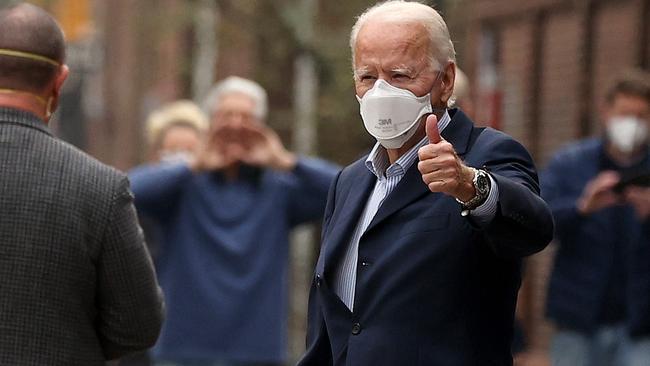
Buybacks and dividends in the February profits season will be an important gauge of the health of corporate Australia, but some companies will still have surplus cash after capital returns.
CIMIC’s commitment to another on-market buyback of up to 10 per cent of its shares for the year ahead was just business as usual for the engineering and construction services company.
On the other hand, while highly effective COVID vaccines are now a reality, the worst-affected industries such as travel and education may want to see how quickly the vaccines can be rolled out, their take-up levels and effects on economic activity before committing to big capital returns.
Many will find it easier to wait for the second half of 2021 before dialling up the capital returns, particularly if they’re still facing headwinds from business disruption or the surging currency.
But for iron ore miners earning super profits from the near doubling of the spot iron ore price in the past nine months it will be hard to deploy enough cash in a world of record low rates.
Chunky buybacks and special dividends are certainly on the cards for iron ore miners.
Banks will have stronger-than-forecast regulatory capital positions due to a much-improved economic outlook, and APRA is likely to wind back restrictions on their dividend payout ratios in the coming months, allowing the return of excess capital via buybacks and dividends.
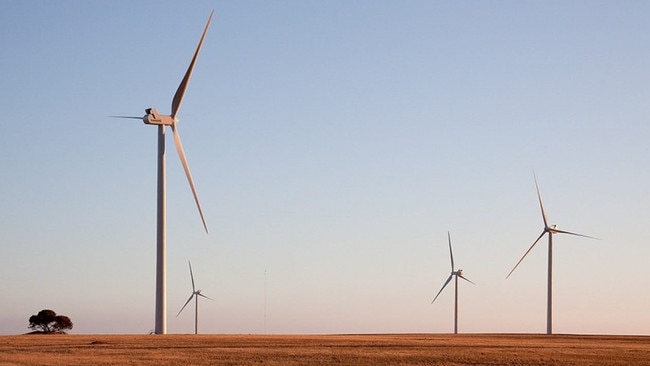
Buybacks are typically preferred by institutions and other long-term investors over dividends because they give move flexibility for tax purposes, while for corporate managers they can be a more flexible way of returning capital to shareholders.
However, for the iron ore miners there may still be plenty of cash left over after capital returns.
While the timing of new investment opportunities has been historically challenging for the biggest miners, the global growth outlook is arguably much more favourable now that the fiscal floodgates have been opened by COVID and the prospect of lower-for-longer interest rates means that the miners should probably be lowering their internal rates of return on potential projects.
The green energy phenomenon is only going to accelerate with Joe Biden in the White House.
IGO has been rewarded for its bottom-of-cycle move into lithium last week and Fortescue’s Andrew Forrest made his play by committing to renewable energy development last month.
This leaves BHP and Rio Tinto looking too cautious to get on to the lithium train in any meaningful way.
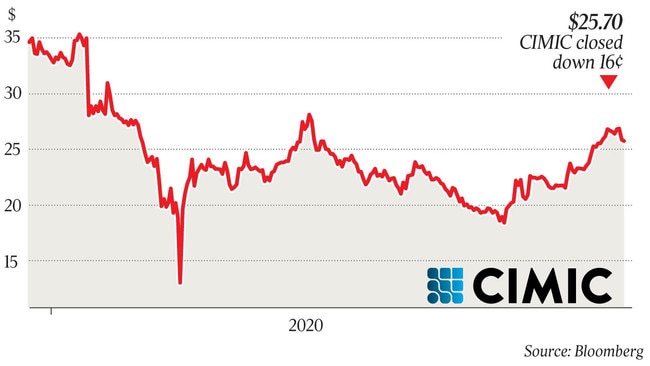
It comes as the global energy scene is undergoing arguably the greatest transformation in history as the world transitions from fossil fuels to renewables.
This will affect the investment opportunity that will increasingly be presented to investors, according to new specialist alternatives Research firm Evergreen Ratings.
“Financial advisers will increasingly be called upon to assess, and make recommendations on an expanding range of renewable energy-focused investments as their clients seek to participate in this exponentially growing industry sector,” Evergreen Ratings Founder and CEO Angela Ashton said.
Renewables will contribute 95 per cent of the net increase energy grid through to 2025, while total installed wind and solar photovoltaic capacity is on course to surpass natural gas in 2023 and coal in 2024. Sixty per cent of the growth in renewables up to 2025 will be solar photovoltaic cells and 30 per cent wind power, according to the International Energy Association.



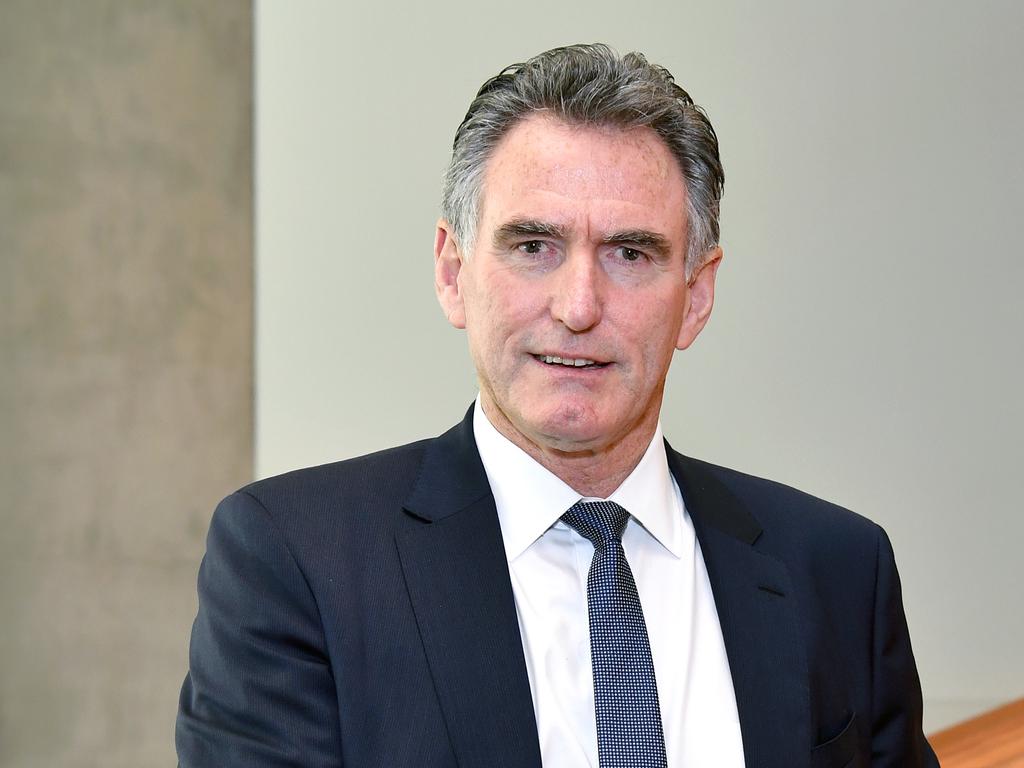
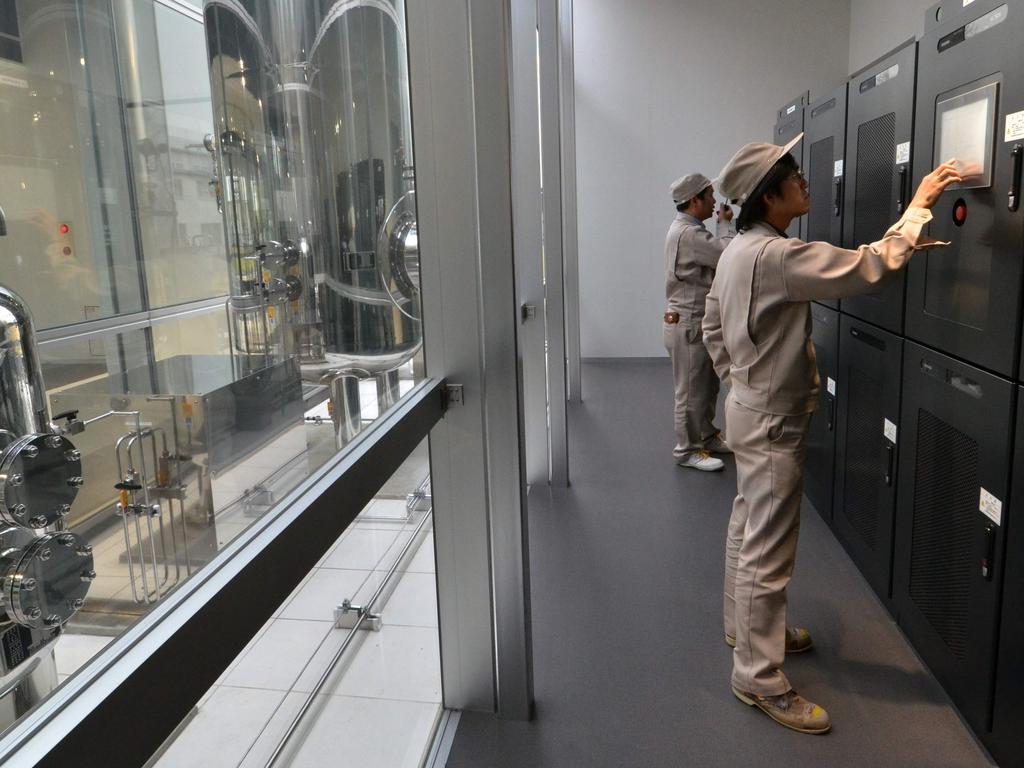


To join the conversation, please log in. Don't have an account? Register
Join the conversation, you are commenting as Logout